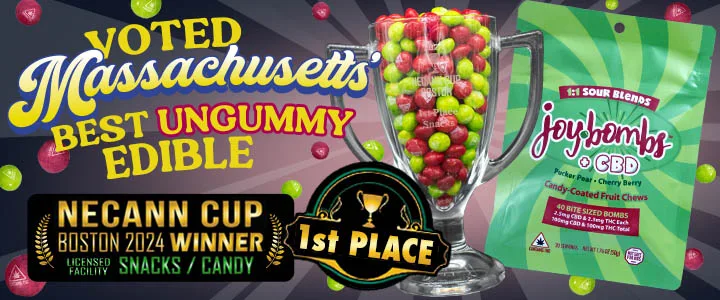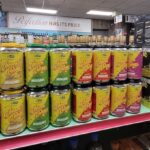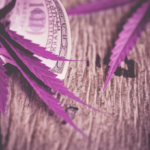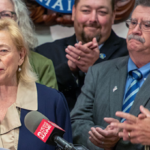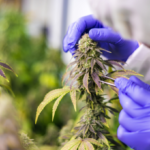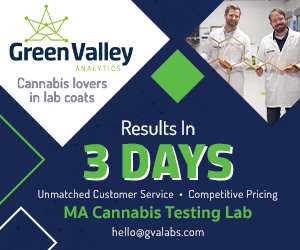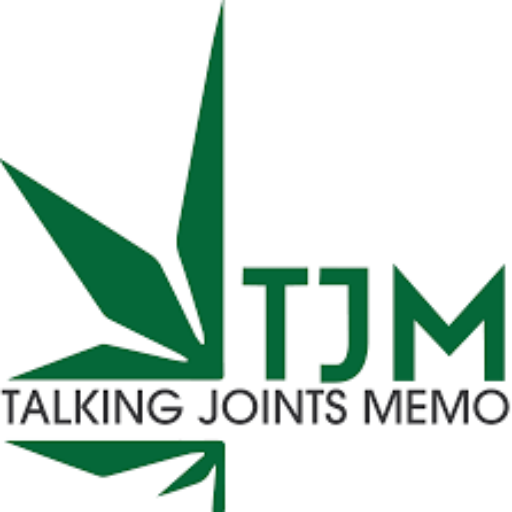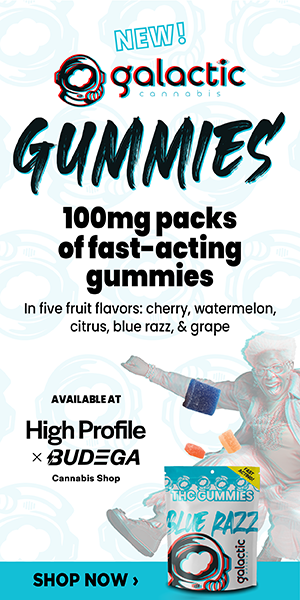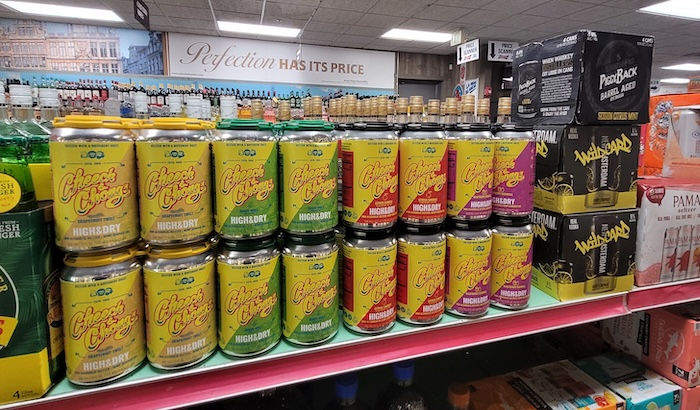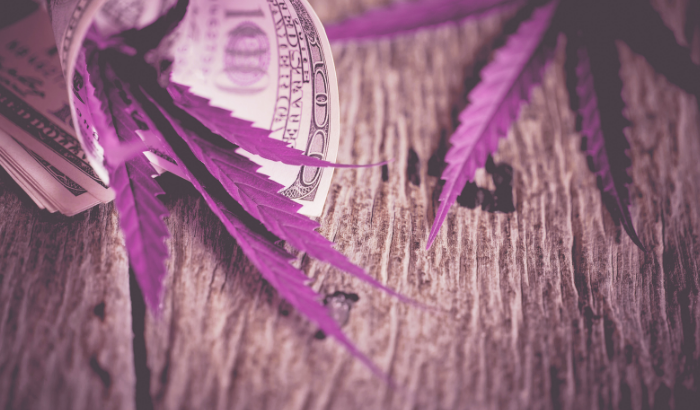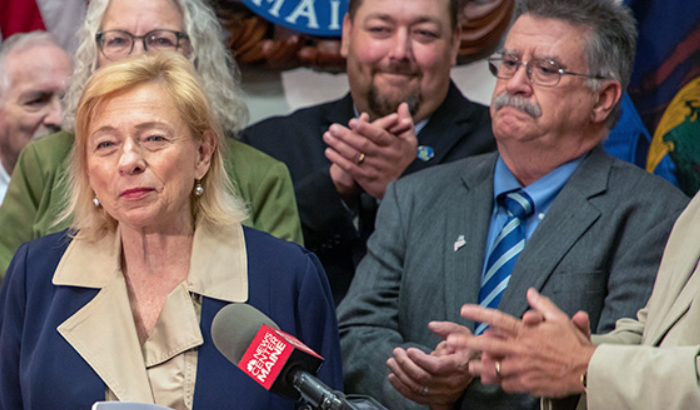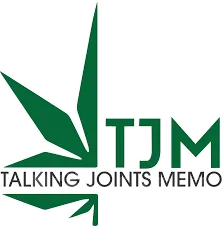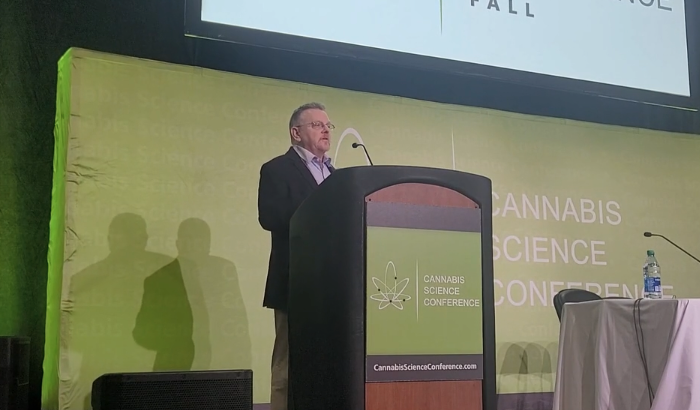
“Rather than lab fraud, rather than producer fraud, if you start considering how ambiguous our regulations are, it obscures it so we can’t tell what’s going on.”
Even though he gets into the weeds about weed science, there’s never a dull moment around Dr. Christopher Hudalla. The president of ProVerde Labs in Milford is among the most outspoken advocates for cannabis testing standards, and he’s not afraid to stick his beaker in the eye of regulators.
Chief among Hudalla’s gripes for the Cannabis Control Commission is how the “industry has been plagued by inflated cannabinoid profile values.” The practice, he and others argue (with data to back them up), “has eroded consumer confidence in packaging label claims,” all while presenting “regulators with challenges to managing state programs.”
We rolled down to Providence, Rhode Island last week for the Cannabis Science Conference, where Hudalla lectured on the “Art of Potency Plumping.” You can view his full presentation in the video that we recorded, but we also excerpted his comments below to present in a fashion that won’t scare off consumers with too many scientific particulars.
What is potency plumping?
CH: Since the 1970s, [food producers] have been injecting our meat with water and liquid up to 15%; that can increase the sodium content. It is estimated that consumers pay $2 billion a year in added water weight. Under USDA rules, [those products are] still able to be labeled as natural. And prior to 2014, producers could do this and not have any requirement to put it on the label.
If you take that same approach or that same rationale and apply it to cannabis … In 2022, Massachusetts consumers paid over $985 million for cannabis flower and prerolls. Some independent studies have suggested that the [THC] inflation is somewhere between 10 to 30%. So if we take a modest approximation of 10%, Massachusetts consumers could have paid $90 million for THC they did not really receive last year alone.
Sometimes inflation can be intentional, sometimes it can be unintentional. Laboratories do have reason to report high [THC] values because labs that have the highest potency get the most business. We’ve actually seen advertisements where labs say they have the highest potencies in the industry. How can you advertise that? That’s crazy.
Underlying sampling and data problems …
How is potency reported? How is it calculated? How is the data handled? … Different vendors have different standards.
One of our frustrations in Massachusetts is that the labs doing the testing have no visibility into the sampling [that producers are sending over]. How is a sample collected? Is it cherry picked? Is it augmented with additional kief? Several states do have the third-party sampler and I think that would help significantly in minimizing some of this.
In our state, there is the opportunity for producers to be inflating by either dusting the sample with kief or maybe spraying on a distillate. … And oftentimes there are things that go on in the laboratory that can make the inflation unintentional. Are there additional drying steps? How are the samples handled? The producer is allowed to select where and how in the process they are taking the sample. So sometimes we see in the container that there’s additional kief that is falling off. Are people throwing that in with part of their sample?
One of the other challenges that we face in Massachusetts is that the data we collect is reported into the Metrc seed-to-sale tracking software, and the data is secure, there’s no visibility. Researchers can’t see that data, and often regulators aren’t looking at that data for trends or anomalies or problems.
The resulting potency problem …
For us, a lot of the rationale or the idea about potency has to do with regulatory guidance, or in Massachusetts, it would be a lack of regulatory guidance. On the Cannabis Control Commission’s own website, they have as one of their primary objectives to look out for public health issues such as labeling, advertising, and potency. And if you go into the Massachusetts protocols, and the Massachusetts regulations, it talks about how the cannabinoid profile must include at a minimum the weight of the material remaining after it had been thoroughly dried.
On drying and moisture …
When you dry a cannabis sample, you don’t dry it to 0% moisture. It would just dry up and fall apart and be unusable for consumers. So when you buy cannabis at retail, it’s probably 6 to 12% moisture content even after being dried.
When we started in 2013, we were licensed under the Department of Public Health. And under those guidelines … the flower had to be dried as it would be sold in retail, and submitted to us for testing with no additional manipulation. In addition, the guidance says that the sample must be representative in maturity and composition of the entire production batch. So after it’s finished, after it’s dried, trimmed, cured, that’s what’s to be submitted to us for a sampling. But again, without the visibility of the sampling process [under the current adult-use program], we don’t really know how that’s being handled.
We measure the potency, we measure the moisture, and we use that moisture value to correct the potency. How do you measure moisture? That becomes a critical factor in this process. Karl Fischer Titration is a nice way to do it, but it’s kind of stinky and uses toxic solvents. There’s a dew point analyzer which also measures water activity. But one of the most common ways we see is weight loss in drying. You take a gram of a sample and put it in an oven and then you measure it a couple hours later and see how much weight it lost. But then you have to ask, How long did you dry it for? And, At what temperature did you dry it? You’re going to be removing the moisture from the sample, but you’re going to be removing some of the terpenes as well, so your weight loss is not just moisture, it’s actually terpene.
The ambiguity of TAC …
What is TAC? We’ve been hearing “TAC” for years and I think there are some jurisdictions now where they’re trying to define it, but in most jurisdictions, TAC is a made-up thing. I’ve heard it defined as Total Active Cannabinoids, where they’ve just added the neutrals together, and I would say the acids in some cases are more active, so why are you omitting the acids from that TAC calculation? It’s very poorly defined, so it’s frustrating to see it be a very important number in our labeling when there’s no clear definition of what that means.
On regulations and regulators …
When we talk to our regulators about potency and what’s happening, we often get the response from them that there’s no guidance, there’s no rules on this, so labs can do whatever they want. And yet if you actually go in to some of the recent guidance from [United States Pharmacopeia], and I’ve had the pleasure and opportunity to work with the USP on this, it says for the classification of total THC, it may be defined as the amount of THC that takes into account the potential of THCA to convert quantitatively to THC with no further degradation.
Our Cannabis Control Commission said … what and how we report is a business decision, not a regulatory decision. That’s alarming … a lot of this is not cheating or manipulation, it’s just ambiguity. Rather than lab fraud, rather than producer fraud, if you start considering how ambiguous our regulations are, it obscures it so we can’t tell what’s going on. … They say in the regulations that labels have to be accurate, but they don’t really say what that means.
A better way …
Everything we buy—from car oil … to peanut butter, to chicken—we expect that the numbers on the label are accurate, and people rely on that for their information. Cannabis isn’t one of those things.
Should the values on the label be consistent with what’s in the packaging? If the answer to that is yes, then we should be testing the flower dry as received, there should be no manipulation of moisture content, and there should be no manipulation of adding in other cannabinoids.
It’s rare that labs are asking to be regulated more. We beg to be regulated more. It’s very unusual, but it’s just very frustrating. … Most importantly, all of the labs should be instructed to do it the same way, and in Massachusetts that just doesn’t happen today.


